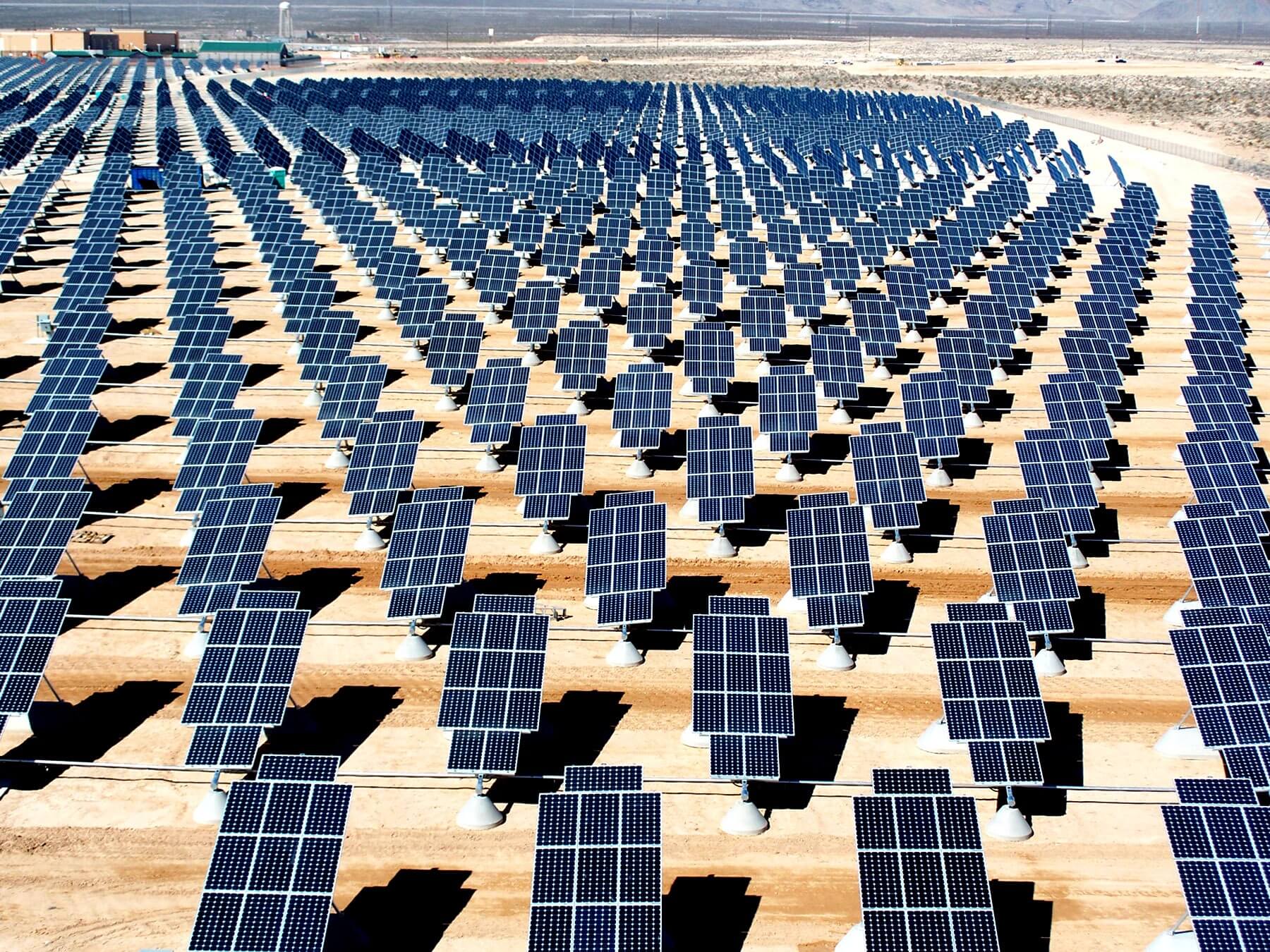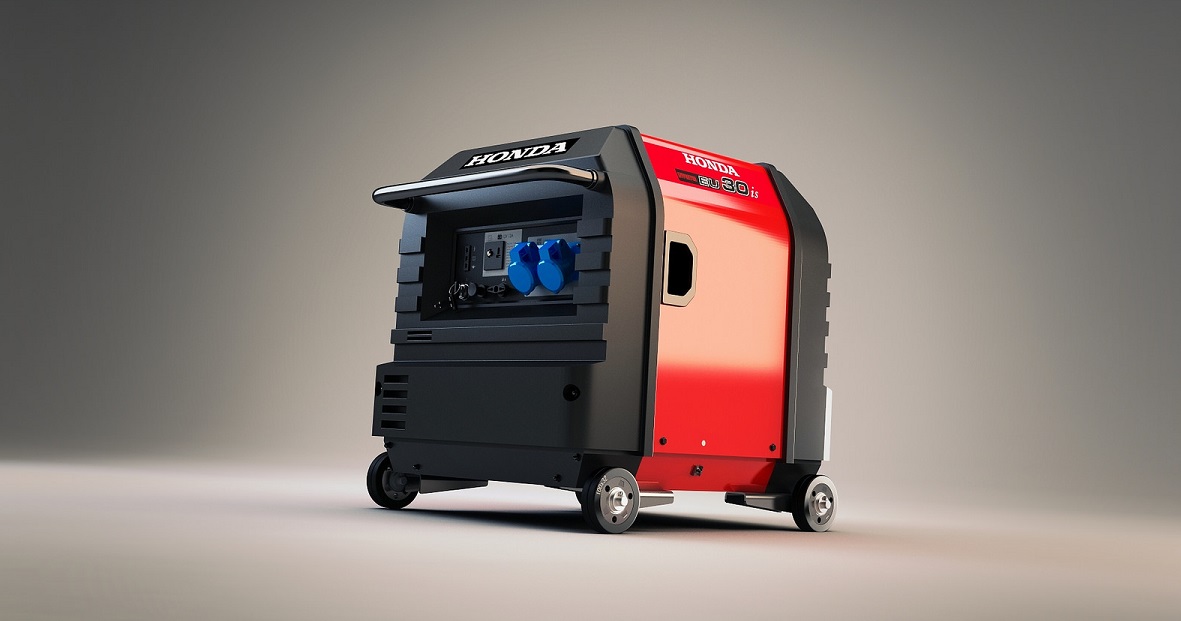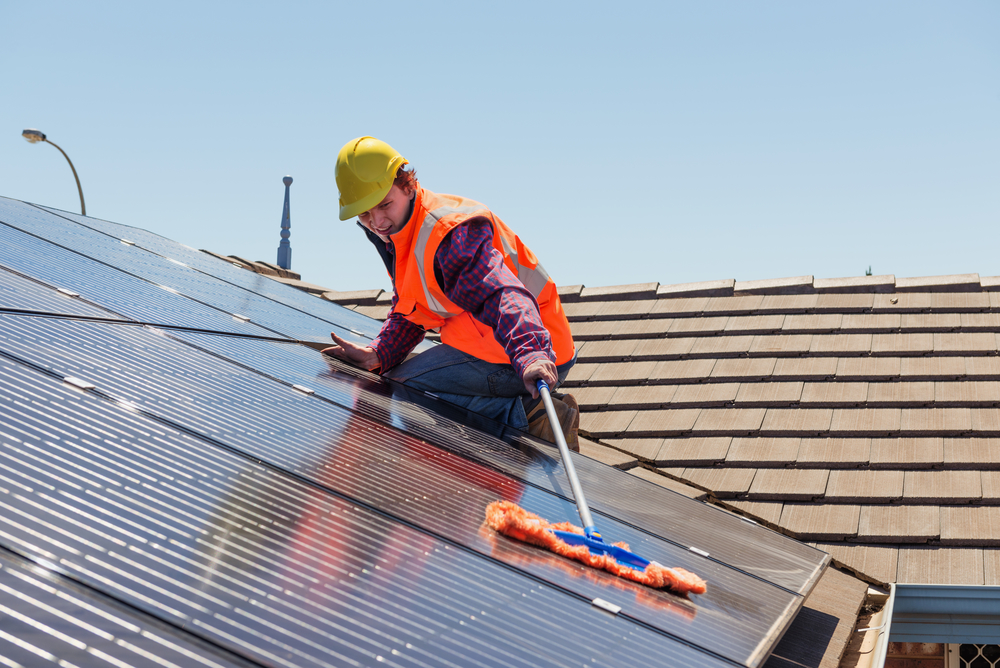Radon Gas is one extremely harmful elements present in our environment that cannot be seen, is odorless and also tasteless. It is basically the end result of decaying uranium in the ground that ultimately takes the shape of gas and gets emitted into the air above the ground.
Essentially, radon is harmless when it remains outdoors, but after seeping inside any construction it leaves a long-term negative impact. If the required preventive measures aren’t taken, the gas gets accumulated at a dangerously high concentration.
This radiation is actually the number one cause of lung cancer in the United States for nonsmokers. And overall, it ranks being the number 2 cause of lung cancer in Canada and the US. Therefore, you must protect your family and your loved ones against the terror of this deadly and unseen menace.
Radon Testing
Testing for radon, including both the DIY and professional support ways, is a pretty easy and straightforward process.
1. DIY Radon Gas Test Kits :
The DIY radon gas kits used for short-term testing are charcoal-based where a canister collects the particles of radon present in the air of a particular environment. The exposure period usually ranges from 48 hours to 72 hours. While the kit does its job, you are supposed to follow a few important steps.
While testing, make sure to keep all the doors and windows closed for as long as possible. This will allow the apparatus to get the most precise readings. In the end, the entire kit is sealed, a few forms are to be filled and then the user has to courier the complete package back to the (authentic) testing laboratory where the results will be compiled. All the accumulated radon particles will be tested by the experts and a detailed report will be prepared to be sent to the user.
DIY Test Kits – Why Should You Buy?
These kits are easily available online as well as offline stores. They are very much affordable and a user can test the concentrations himself.
Such kits are ideal when you are doubtful about the situation but don’t really want to invest a fortune into professional services. Exposure time is also manageable and at the end, you get expert suggestions about the circumstances. There’s optimal accuracy maintained and that’s what you may even long for!
You must also know that if you get precise results only then it will benefit the whole situation. Results that are achieved at the end form the basis for preventive measures that you might have to apply in case of higher concentrations. However, in case the levels appear safe and under the accepted levels, there’s nothing else you will have to worry about.
Electronic Radon Gas Detectors :
These are electronic radon monitors that keep a check on the radon levels in your house. Such detectors are power or battery operated. The results are readily available, without wasting any time you can take the preventive measures and results too can be achieved on the spot. The hassle to courier a package and wait for the results gets avoided as the electric radon gas detector brings out precise readings right after the exposure time ends.
Click here to know more about electronic radon monitors
Electric Radon Gas Detection Monitors – Why Should You Buy?
These devices administer only professional and advanced technology to help you keep the dangerous radon gas away. A radon detector can be useful in both home constructions as well as commercial properties.
So, once you have the accurate results, you can take corrective steps to disperse the gas out of your property. On the basis of the readings you get, a radon mitigation plan is to be laid out for your home. And it is only in this manner that you become both an informed citizen of the nation along with being a responsible member of your family as well as the society. You will be able to take the next steps i.e. how to make your home radon-free!
Radon Mitigation System
When the test results report of any unsafe levels of radon gas inside your home, you will have to address the problem. In fact, address the problem as soon as possible. Contact a specialist or do it yourself if you are confident enough to be able to fix all the loopholes. However, an expert can actually help you in installing the right type of radon mitigation systems. A radon reduction system that cannot perform aptly is of no use.
So, depending upon the kind of construction your home has, a multiple numbers of options will easily be made available by the professionals. The most prevalent option is the sub-slab depressurization along with sub-membrane depressurization. It is ideal for homes, basements as well as crawlspaces.
1.Sub Slab Depressurization Method :
This method involves the drilling of a hole into the floor of your home’s foundation and scooping underneath a slight cavity. A pump is then connected to this drilled out hole to vacuum radon gas before it can even break out and start causing harm to the members in the house. Even the other organic contaminants are pulled out from below to vent out the dangers present in your house.
2. Sub Membrane Depressurization Method :
This method is actually similar to the method mentioned above. However, the only difference lies is in the membrane that is installed above the ground as opposed to a cavity being created in the other method. In fact, the membrane is fitted right above the floor of the crawlspace, so the radon gas can easily be trapped and be vented out of the house. The gas is extracted out in a similar manner as above; there just isn’t a slab but a membrane.
One can consider any of the mentioned ways to get rid of radon gas from your home. But you’ll have to ensure that radon must be released at a place where it will not cause any further damage to the people or animals.
Radon mitigation isn’t a one for all kind of treatment. And every house needs its own tailor-made preventive measures. It may or may not be the job for a DIYer. From targeting the entry points of the radon gas to sealing all those spots, it is a pretty important process. One must have the needed skills, the absolute presence of mind and knowledge to ensure the safety of all the members in the family.
If you aren’t sure how to go about, contact any professional radon inspector. But, if you are knowledgeable enough to restrict the flow of gas in your property, then go ahead and save your loved ones.
Read More :
- First Home Renovation Ideas And Tips
- What Are Renewable Sources And How To Introduce Them Into Your Household?
- Additional Ways To Keep Your Home Warm
Image Source: http://www.cancercarenews.ca/social-awareness/can-you-afford-to-ignore-radon-gas






















